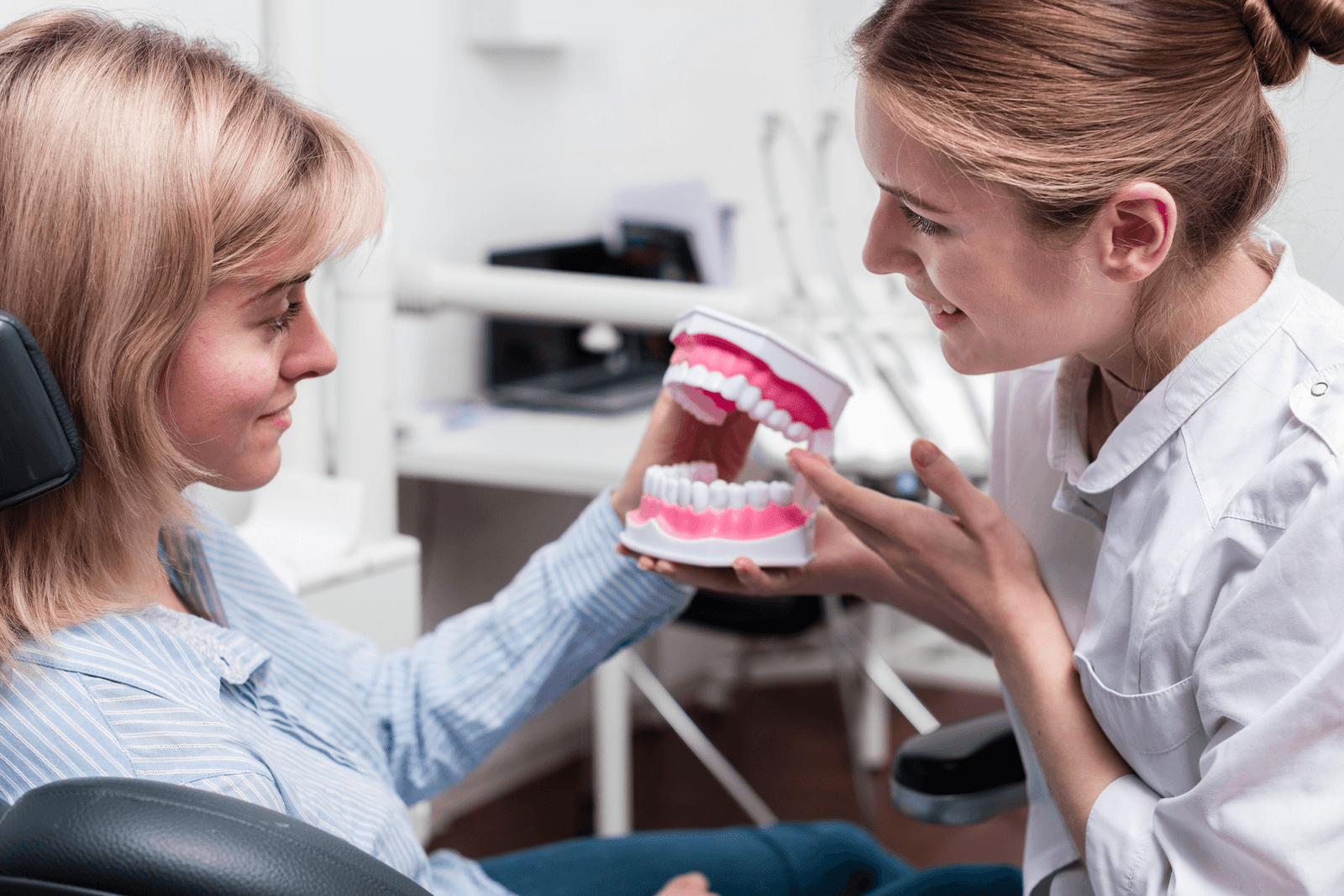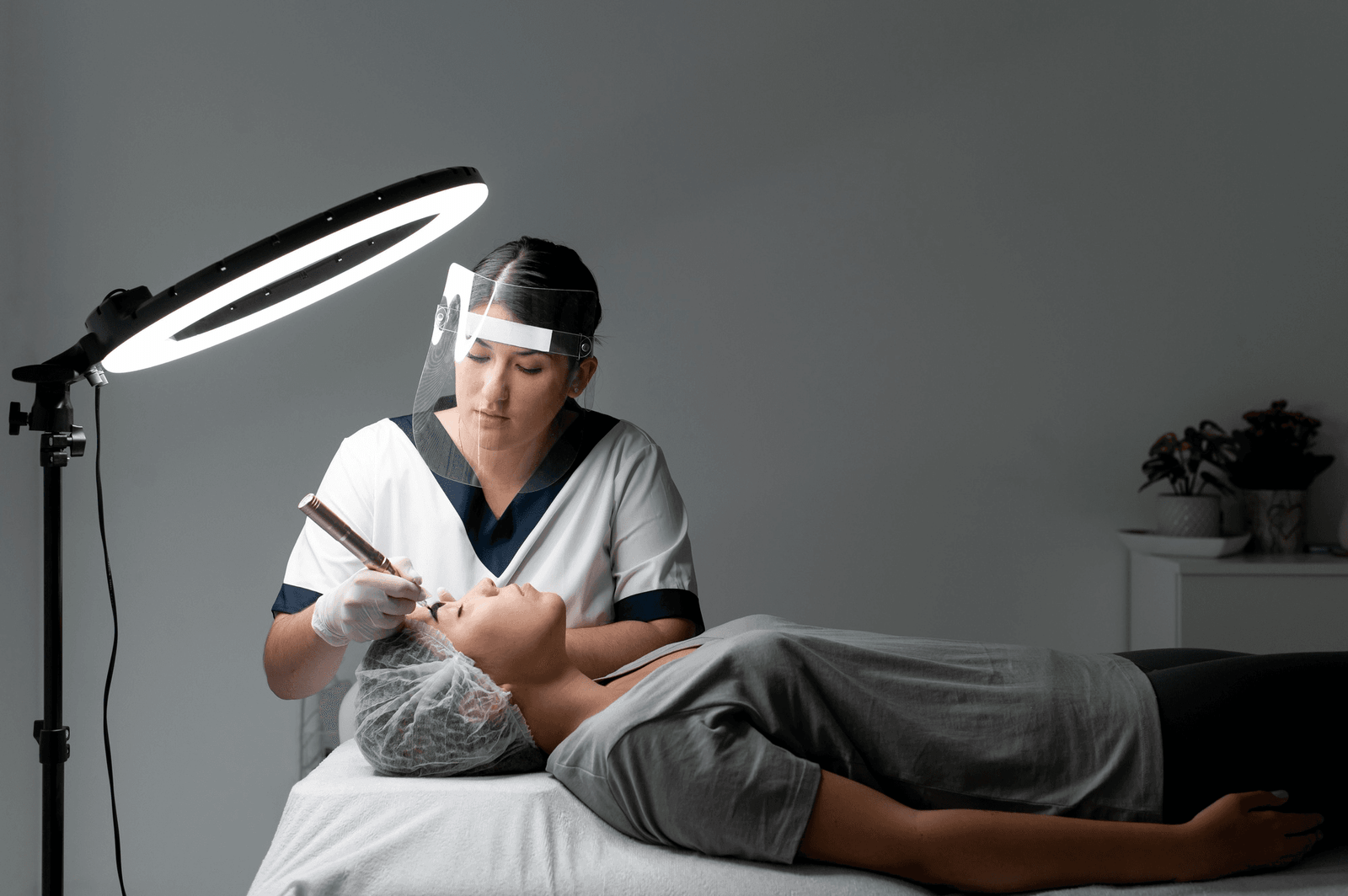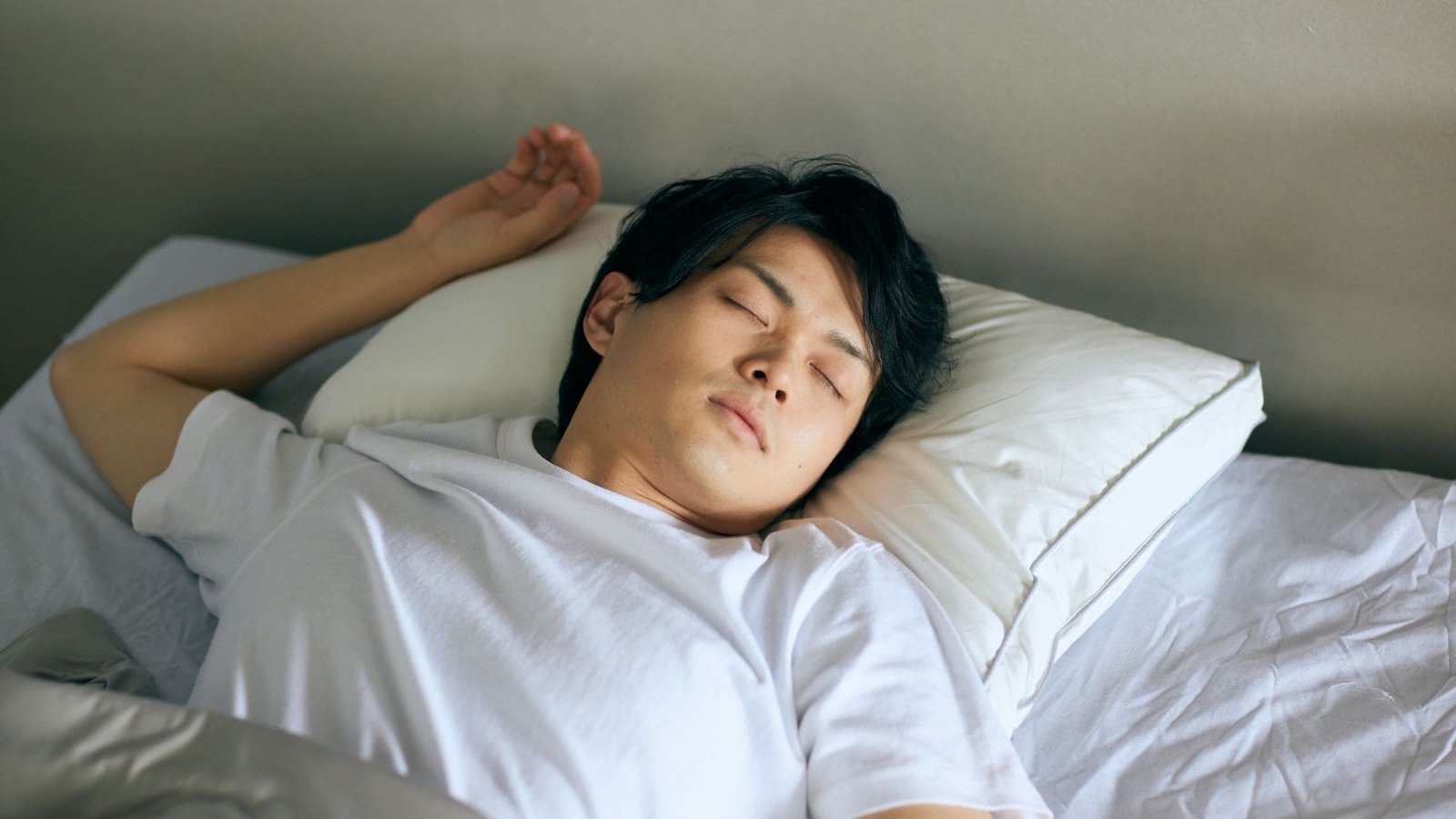Introduction: Why Oral Appliance Materials Matter
When patients consider oral appliance therapy for sleep apnoea or snoring, one of the first concerns is whether the device is safe for everyday and long-term use. Since these appliances rest inside the mouth for hours every night, oral appliance material safety is a critical subject.
Modern appliances are designed with strict health standards in mind. They are manufactured from dental-grade, BPA-free, and hypoallergenic materials intended for direct, repeated contact with oral tissues. In addition, their durability and maintenance schedules help ensure safety and effectiveness across years of use.
For patients exploring treatment options, it is useful to understand the types of materials used, the standards they meet, and how providers manage safety across time. To see how this fits into patient care, you can learn more about oral appliance therapy in practice and how these devices function as a recognised treatment method.
The Foundation of Oral Appliance Material Safety
Dental-Grade Standards
Oral appliances are constructed from dental-grade polymers and resins specifically engineered for biocompatibility. Unlike everyday plastics, dental-grade materials undergo strict testing to confirm they will not leach harmful substances or degrade inside the mouth.
BPA-Free Construction
Many patients worry about Bisphenol A (BPA), a compound historically used in plastics and linked to potential health risks. Reputable oral appliances today are BPA-free, providing reassurance that they avoid this controversial chemical.
Hypoallergenic Properties
Some individuals have sensitivities to metals or plastics. For this reason, many devices are designed using hypoallergenic materials. This reduces the risk of irritation, allergic reactions, or tissue sensitivity during nightly use.
Commonly Used Materials in Oral Appliances
The table below outlines the most frequent materials used in appliance fabrication and their safety profile:
Material | Purpose | Safety Features | Longevity |
Acrylic resin | Structural base of many appliances | BPA-free, durable, biocompatible | 3–5 years with care |
Medical-grade thermoplastics | Custom fit and flexibility | Hypoallergenic, mouldable, comfortable | 2–4 years depending use |
Composite resins | Added reinforcement for stability | Designed for dental contact, non-toxic | 3–5 years |
Metal clasps or wires (rare) | Occasionally used for anchoring | Stainless steel or titanium, nickel-free | Long-term durable |
Appliances are typically tailored to the patient using these safe materials, ensuring both comfort and resilience over years of treatment.
Device Longevity and Maintenance
Material quality directly impacts how long an oral appliance can be safely used. With proper care, most appliances last between three and five years.
Key Factors in Longevity
- Daily cleaning using mild soap or manufacturer-approved cleansers.
- Avoiding hot water, which can warp thermoplastic components.
- Regular check-ups with a provider to identify wear and tear.
- Storage practices that protect the device from damage.
These steps form part of a structured maintenance schedule that ensures both hygiene and safety. As devices age, microscopic wear can accumulate. Providers monitor this and advise when replacements are necessary.
Patients are often encouraged to combine their appliance use with other approaches that improve overall effectiveness. For instance, lifestyle modifications for sleep apnoea management can help reduce symptoms while supporting long-term appliance safety.
Addressing Safety Concerns About Long-Term Use
Do Materials Break Down Over Time?
Dental-grade materials are engineered to resist breakdown in the moist, warm environment of the mouth. While wear is expected, degradation that compromises safety is rare if the appliance is maintained as recommended.
Can Materials Cause Allergic Reactions?
Hypoallergenic construction minimises risk, but patients with known sensitivities should disclose them. Providers can adapt appliance design using alternative resins or metals.
Is Daily Exposure Harmful?
Because these appliances are BPA-free, biocompatible, and tested against international safety standards, long-term daily use is considered safe.
Provider Oversight and Patient Confidence
Material safety does not rely on manufacturing alone; provider oversight plays a crucial role. Worcester-based specialists emphasise the importance of:
Detailed patient assessment before fitting an appliance.
Explaining material composition to address specific concerns.
Ongoing monitoring for both effectiveness and device condition.
Timely replacement to maintain safety and comfort.
Trusted providers ensure that patients not only receive a device but also a structured plan for safe, long-term use. To understand how clinicians approach patient care, you can explore the background and expertise of the provider team and see how safety is built into their approach.
Conclusion: Oral Appliance Material Safety in Perspective
For patients concerned about daily exposure, the evidence is clear: modern oral appliances are made from BPA-free, hypoallergenic, and dental-grade materials designed for long-term contact with oral tissues. Clinical oversight, combined with proper maintenance schedules, ensures that appliances remain both safe and effective for years of use.
Understanding the construction materials, how they are tested, and how providers manage their longevity can give patients the reassurance needed to move forward with confidence.
Frequently Asked Questions
Are oral appliances BPA-free?
Yes, reputable devices today are manufactured using BPA-free materials, avoiding the health concerns once linked to plastics containing Bisphenol A.
How long does a dental-grade oral appliance last?
Most oral appliances last three to five years, depending on daily care and usage. Regular provider check-ups help ensure safe longevity.
Can oral appliance materials cause allergies?
Modern devices are hypoallergenic. Patients with known allergies should discuss them with their provider so alternative materials can be used.
What is the best way to clean an oral appliance?
Mild soap and cool water are generally recommended. Avoid hot water and harsh chemicals that could damage the material.
Do providers check material safety during follow-ups?
Yes. Regular appointments allow providers to inspect wear, ensure continued biocompatibility, and confirm that the appliance remains safe for use.







